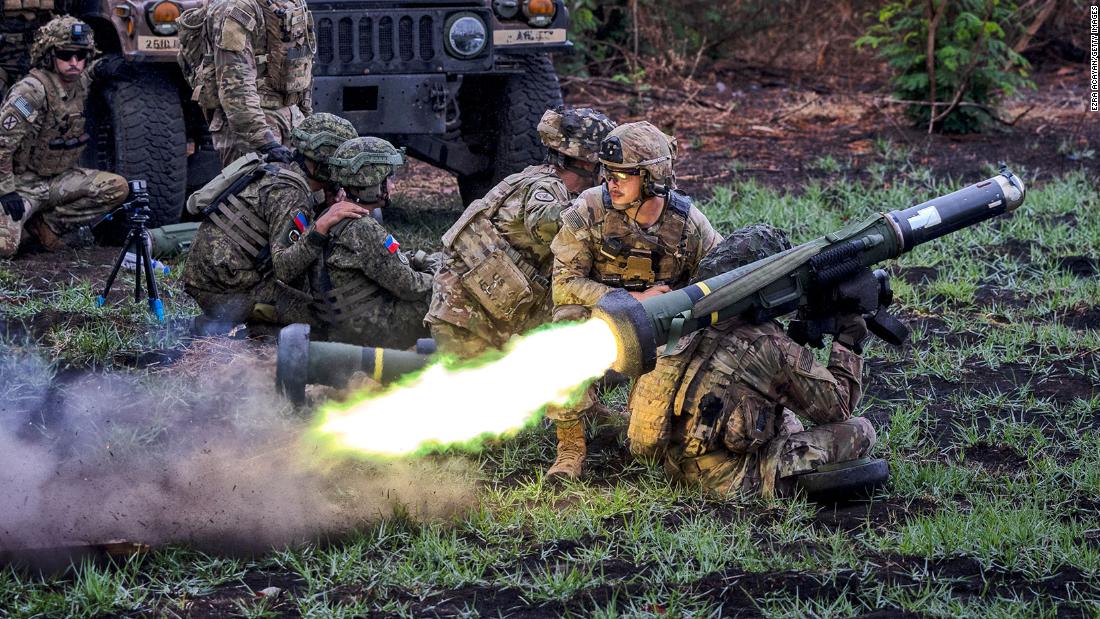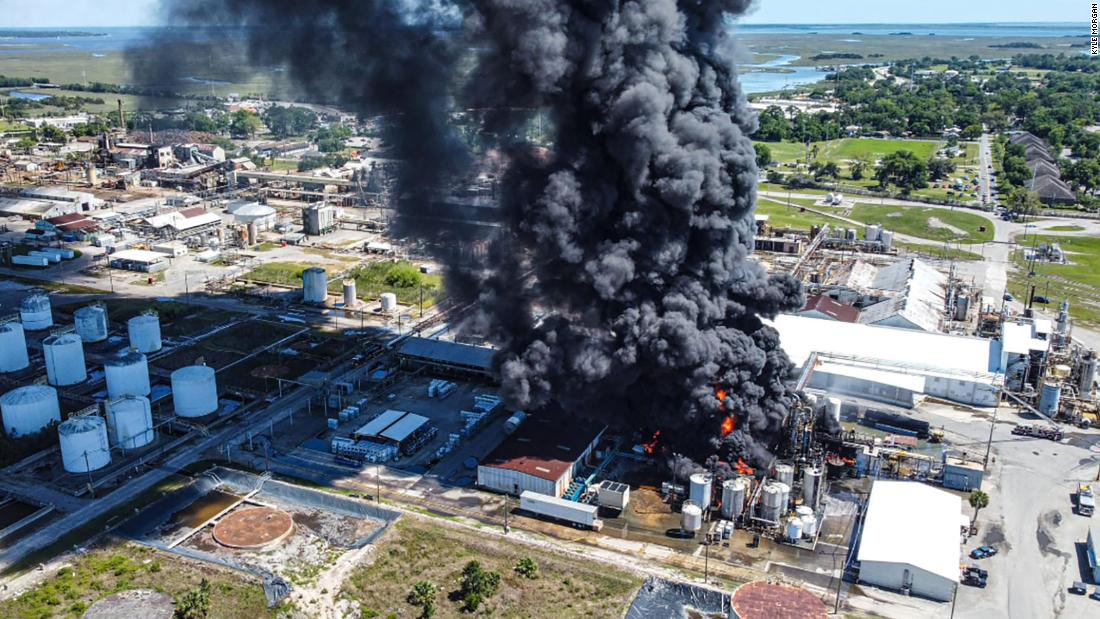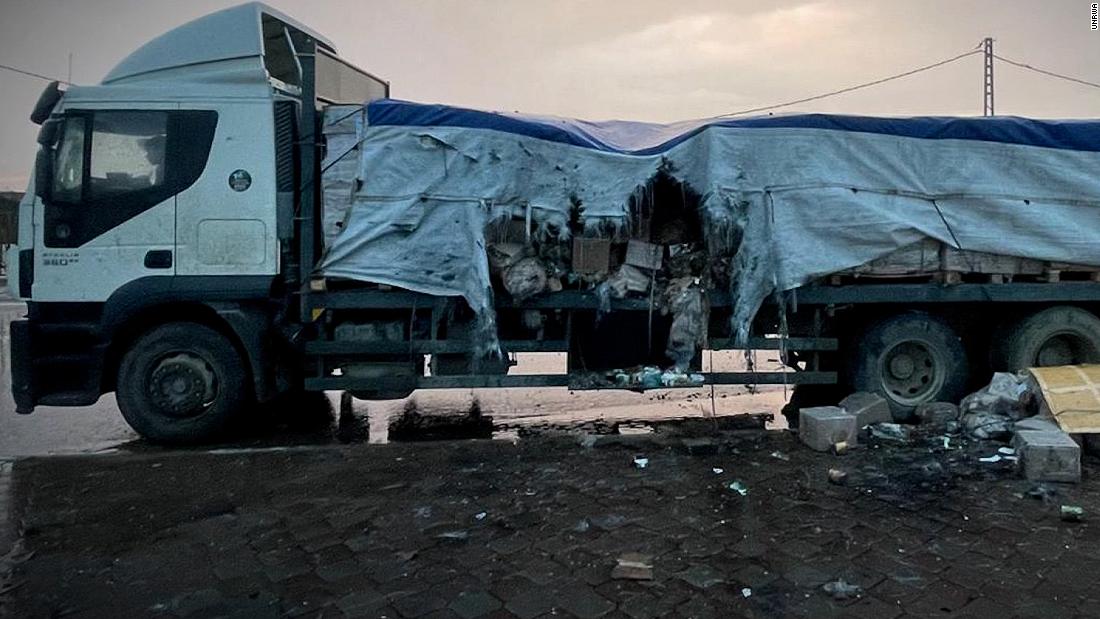BRITAIN has hit a major milestone in the race for hypersonic supremacy – with a powerful new missile engine tested 233 times and hailed as a game changer for UK defence.
The new air-breathing propulsion system, designed to fire cruise missiles at speeds of over five times the speed of sound, is part of a £1billion push to build a British hypersonic weapon by 2030.
GOV.UKThe £1bn hypersonic weapon is on track to enter service by the end of the decade[/caption]
Harlen Capen/NASAThe advanced air-breathing engine successfully completed 233 test runs in a major defence breakthrough[/caption]
AFPIsrael’s Iron Dome can intercept up to 90% of incoming rockets – but experts warn a UK version would be too costly to protect the entire country[/caption]
The breakthrough comes as military experts warn a British version of Israel’s famed Iron Dome missile shield would be “too prohibitively expensive” to protect the entire UK – leaving cities exposed to attacks from Putin’s rockets.
Defence Secretary John Healey said: “We are living in a more dangerous world and it has never been more important for us to innovate and stay ahead of our adversaries, equipping our forces with the technologies of the future.
“This milestone moment on hypersonics research, supported by British scientists and British small businesses, demonstrates another crucial area where we are working in lockstep with the United States to bolster our Armed Forces and strengthen our deterrence.”
The engine, developed through a joint effort between the Defence Science and Technology Laboratory (Dstl), the US Air Force Research Laboratory, and UK industry players like Gas Dynamics Ltd, was successfully trialled at NASA’s Langley Research Centre in Virginia.
Over six weeks, scientists carried out 233 static tests across a range of supersonic and hypersonic speeds, analysing real-time data to tweak designs and boost performance.
Paul Hollinshead, Chief Executive of Dstl, said: “This milestone represents a critical advancement in the UK’s defence capabilities and reinforces our standing in the AUKUS hypersonic weapon development collaboration.
“The success of these tests highlights the UK’s commitment to technological leadership and innovation in this crucial area.”
Unlike traditional rockets, the new engine uses air-breathing technology, enabling missiles to fly faster, lower, and further – making them harder to intercept and ideal for hitting distant targets.
The weapon is expected to become a key part of Britain’s arsenal under the MOD’s Team Hypersonics (UK) programme, delivering what officials describe as a “transformational capability” by 2030.
But while Britain races ahead with its next-gen missile tech, questions are mounting over the UK’s ability to defend itself from a hypersonic or cruise missile barrage.
Calls for a British-made Iron Dome – modelled on Israel’s system which recently stopped 200 ballistic missiles with 90% effectiveness – have been met with harsh warnings.
Experts say replicating the dome would cost billions and still fail to provide full coverage for UK towns and cities.
Shadow Armed Forces Minister Mark Francois said: “The UK has nothing remotely comparable to Israel‘s multi-layered missile defence system, of which Iron Dome is but one part.”
Military analysts now fear the UK is dangerously exposed.
Russia’s Northern Fleet – with 800 cruise missiles on warships and submarines off the coast of Norway – poses an “acute threat” to Britain, according to a report by the Council on Geostrategy.
“The missile threat is the most stark it has been since the end of the Cold War,” the report warns.
GettyDefence Secretary John Healey says the hypersonic milestone shows the UK is “innovating to stay ahead of our adversaries” in an increasingly dangerous world[/caption]
GettyThe UK’s new hypersonic cruise missile could hit speeds over Mach 5, travelling thousands of miles an hour[/caption]
Falklands hero Admiral Chris Parry echoed the concern: “The fact is that if war breaks out in the short to medium term, we will be in real trouble as far as defending the UK is concerned.”
Defence chiefs have been urged to invest in more Sky Sabre batteries, German Gepard anti-aircraft guns, and increase the RAF’s fleet of Wedgetail radar aircraft from three to five.
Currently, Britain has no public air raid shelters and only nine Poseidon P-8 patrol aircraft to protect its coasts – but analysts say at least 15 are needed to fully defend the British Isles.
The Government is also reviewing how to better protect undersea infrastructure after Russian spy ship Yantar was caught mapping vital pipelines.
Security experts have suggested Brits pack 72-hour survival kits as tensions escalate.
A Ministry of Defence spokesperson said: “The UK stands fully prepared to defend itself against any threat alongside our NATO allies.
Our military is equipped with a range of advanced capabilities to provide a layered approach to air and missile defence.”
What is the Iron Dome – and is it really effective?
ISRAEL’S Iron Dome is a high-tech, all-weather mobile air defence system designed to intercept and destroy short-range threats like rockets, missiles, mortars and drones.
The system is made up of at least 10 batteries placed strategically around the country.
Each battery includes a radar detection system, a control centre to assess threats, and truck-towed launchers that fire radar-guided Tamir interceptor missiles.
How does it work?
The radar detects incoming projectiles and sends data to a central command that decides if the threat will hit a populated or strategic area. If it will, the system fires interceptors to destroy it mid-air – ignoring rockets headed for open spaces.
Range & reach:
The Iron Dome can take out targets launched from up to 43 miles away. Each launcher holds up to 20 interceptors, and the batteries together can protect nearly 60 square miles of land. Israel has worked on increasing the range to up to 155 miles and enabling the system to handle multiple threats from different directions.
How effective is it?
Very. Iron Dome has a reported success rate of around 90%, according to its developer Rafael Advanced Defence Systems. It has intercepted thousands of rockets since its first combat use in 2011. During the 2021 conflict with Gaza, it stopped roughly 90% of over 4,000 rockets fired into populated areas. In the October 2024 Iranian missile barrage, the system again proved its mettle, downing most of the 180 missiles fired.
Limits under pressure:
The system isn’t invincible. On October 7, 2023, when Hamas fired thousands of rockets at once, it overwhelmed the system. Experts say there’s a limit to how many incoming projectiles the Iron Dome can handle at once – and anything above that threshold can get through.
Part of a trio:
The Iron Dome is just one part of Israel’s multi-layered defence network, alongside David’s Sling (for medium-range missiles) and Arrow 2/3 (for long-range ballistic missiles), creating overlapping protection against a variety of aerial threats.
Bottom line:
Iron Dome is a battlefield game changer – incredibly effective against limited rocket fire, but not a silver bullet against massed missile barrages.
Published: [#item_custom_pubDate]














































































































